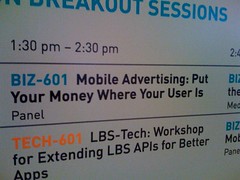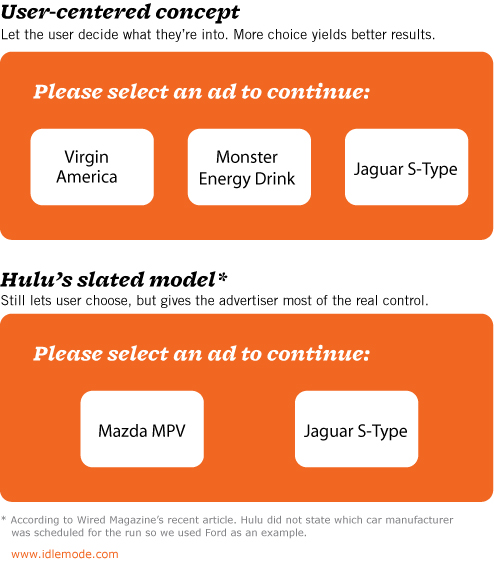Aug 9th, 2010
Ubicomp Moving Toward Mainstream
We’ve moved our blog closer to home with a permanent address at Punchcut.com. This post can be found here: http://punchcut.com/perspectives/posts/ubicomp-moving-closer-mainstream.
In a previous post about the iPad, I introduced why I think the iPad and tablets have a place in the mainstream consumer’s everyday life. What I’ve found is that many of the attributes that make the iPad appealing and successful are also aspects that make incremental progress towards a computing concept called ubiquitous computing (ubicomp).
In this post I’ll give a brief intro to ubiquitous computing: it’s concepts, history, and current state. Most of this I’d like to be in service of us (those of us making devices) finding solutions for today out of these various historic and futurist perspectives. If we agree that the iPad fits ubicomp criteria, and we know the futurist path of ubicomp all the way to it’s ideal (networked t-shirts!), we may be able to derive a path for the consumer devices we’re working on today. We may also be able to detect future problems before they arrive. Let’s see where we can get…
Take a look at this short Intel commercial:
This commercial features a series of technological ah-ha moments. From video games to the internet, wireless internet and finally Intel’s 2010 Core processors (which features a very ubicomp ability of scaling power) each moment exhibits a technology that is not fully understood until personally experienced.
One could imagine another scene at the end:
Two 20-something, upper-middle-class men are hanging out watching an uneventful World Cup match at what appears to be a “man night”; Pizza boxes are strewn around a basement room with a Star Wars figurine collection on display in the background. One guy passes an iPad to another, sharing a YouTube video of a keyboard playing cat (or a very smart TED talk), in sheer delight, the recipient exclaims ”It’s like you’re HOLDING YouTube in your hands!”
This is one of the promises of ubiquitous computing.
Web favorites
- Casino Sites Not On Gamstop
- Gambling Sites Not On Gamstop
- Betting Sites UK
- Casino Not On Gamstop
- Casinos Not On Gamstop
- Best Online Casino Canada
- Non Gamstop Casino Sites UK
- Sites Not On Gamstop
- Non Gamstop Casinos UK
- Non Gamstop Casinos
- Slots Not On Gamstop
- Best Non Gamstop Casinos
- UK Casino Not On Gamstop
- Gambling Sites Not On Gamstop
- Slots Not On Gamstop
- Non Gamstop Casinos UK
- Meilleur Casino En Ligne France
- Beste Online Casino Nederland
- Best Non Gamstop Casinos
- Non Gamstop Casino
- Betting Sites UK
- Casino Non Aams Italia
- Casino Online Non Aams
- UK Casino Not On Gamstop
- Casino Online
- Meilleur Site De Casino En Ligne Belgique
- Siti Scommesse Non Aams
- 파워볼사이트




 At last week’s
At last week’s 

 Convergence is sometimes viewed as the consolidation of multiple technologies towards a singular über-device. I prefer to view convergence as the tendency of technologies, as they grow in complexity and scope, to overlap and consolidate functions. Convergence is a trend wherein devices and functions take on commonly shared traits, but this doesn’t mean that this trend ultimately ends with a single, multi-functional mega-device, no matter how cool and ‘mad scientist’ that might sound. Product mobility, technical innovation, component obsolescence, and proprietary ownership of certain functions are among the many forces that will ensure we continue to interact with ecosystems of related and overlapping devices rather than a single device with every function built in.
Convergence is sometimes viewed as the consolidation of multiple technologies towards a singular über-device. I prefer to view convergence as the tendency of technologies, as they grow in complexity and scope, to overlap and consolidate functions. Convergence is a trend wherein devices and functions take on commonly shared traits, but this doesn’t mean that this trend ultimately ends with a single, multi-functional mega-device, no matter how cool and ‘mad scientist’ that might sound. Product mobility, technical innovation, component obsolescence, and proprietary ownership of certain functions are among the many forces that will ensure we continue to interact with ecosystems of related and overlapping devices rather than a single device with every function built in.